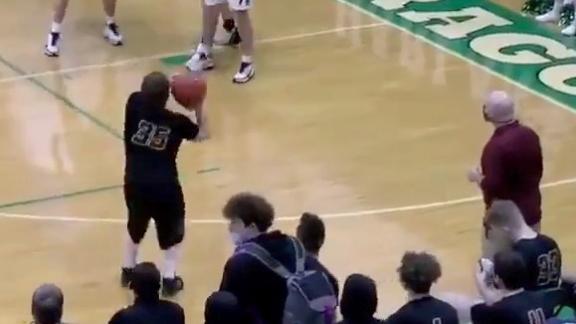It's that time of year again. I've spent the past couple of months obsessing over Utah State and Old Dominion stat sheets for our Giant Killers project. And now, as the NCAA tournament field narrows, I just don't have the heart to switch my viewing habits or my allegiance to overdogs. Happily, St. Mary's is still alive as I write this. [Editor's note: So much for that.] So rather than pretending to be interested in, say, Kentucky versus West Virginia, I still have a last chance to take a statistical look at teams like the Gaels, and Cornell, and Murray State.
It turns out these Giant Killers have something to tell us about why teams win that applies beyond basketball. They all pursue some combination of strategies that, when executed, maximize the number of their possessions (such as going for steals and generating turnovers) or the value of their possessions (such as shooting a lot of 3-point field goals). Notice I wrote, "when executed," because these strategies -- pressing, going for blocks, taking long-distance shots, crashing the boards for offensive rebounds -- are high-risk/high-reward, and can lead to easy points for opponents if attempts go awry. Indeed, for underdog teams, increasing scoring variability is precisely the point, as this Mag piece explains. Say you're a team that scores an average of 70 points a game. If you're going up against a superior team in the NCAA tournament, you'd much rather score between 50 and 90 points a night than between 65 and 75, because that way, you'll increase your chances of winning. (You'll also increase your chances of getting blown out, but who cares?)




